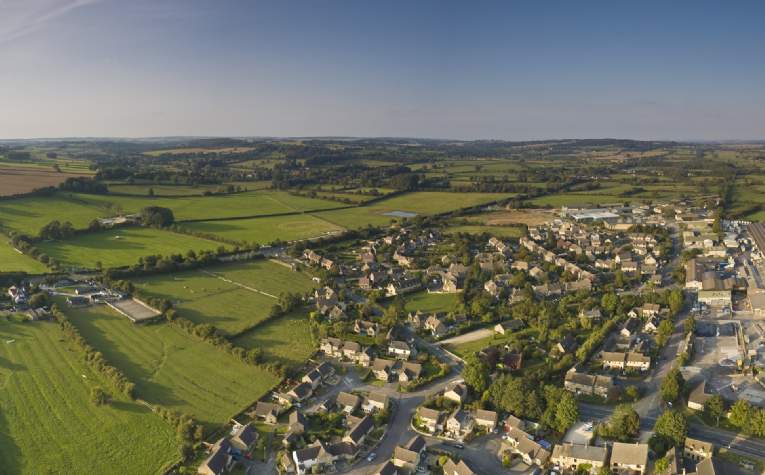Covid-19 impacted the farmland market in both 2020 and 2021, affecting property marketing plans. In 2022, whilst supply did increase, it remained constrained as landowners took stock of the new post-pandemic landscape. 2023 initially appears to be a return to normality, with the benefit of more certainty in the future agricultural support plans across England, Wales and Scotland.
SUPPLY
We have forecasted an increase in farmland supply over the next few years, albeit not to its pre-Covid levels, with an anticipation it will reach 150,000 acres by 2024. In total 16,700 acres have been launched across Great Britain in Q1 2023, the most we have seen since 2016, and 30 per cent more than the same period during 2022.
In England, with the exception of the East Midlands, all the regions have advertised more acres than their ten year averages, however the same cannot be said for the other home nations. Scotland experienced a quiet first quarter, with just 1,600 acres marketed compared to the 10 year average of 2,600, whilst in Wales 21 per cent fewer acres have been marketed than in Q1 2022.
The use of 10 year averages can skew the picture slightly given the constrained supply since 2017, therefore the last period of relatively normal market conditions and activity, from 2011-2015 (prior to the Brexit referendum), provides a useful benchmark against which to assess current levels of farmland supply.
Against this, supply across Great Britain is down 5 per cent, England is up 3 per cent, Scotland is down 89 per cent and Wales is up 17 per cent.
Whilst supply seems to be improving, it is still too early to confirm this trend. This being said, Savills agents have confidence that there are a good number of commercial units coming to the market in the next two quarters. As is often the case, some sellers need the reassurance from the visibility of other sales or market activity before pressing ahead with their own sale, and late March in particular has seen a flurry of activity. In January and February, agents reported a lot of properties were offered privately with vendors choosing to test the market rather than embarking upon an open market launch.

.jpg)
.jpg)

.jpg)
.jpg)
.jpg)
.jpg)
.jpg)
.jpg)
